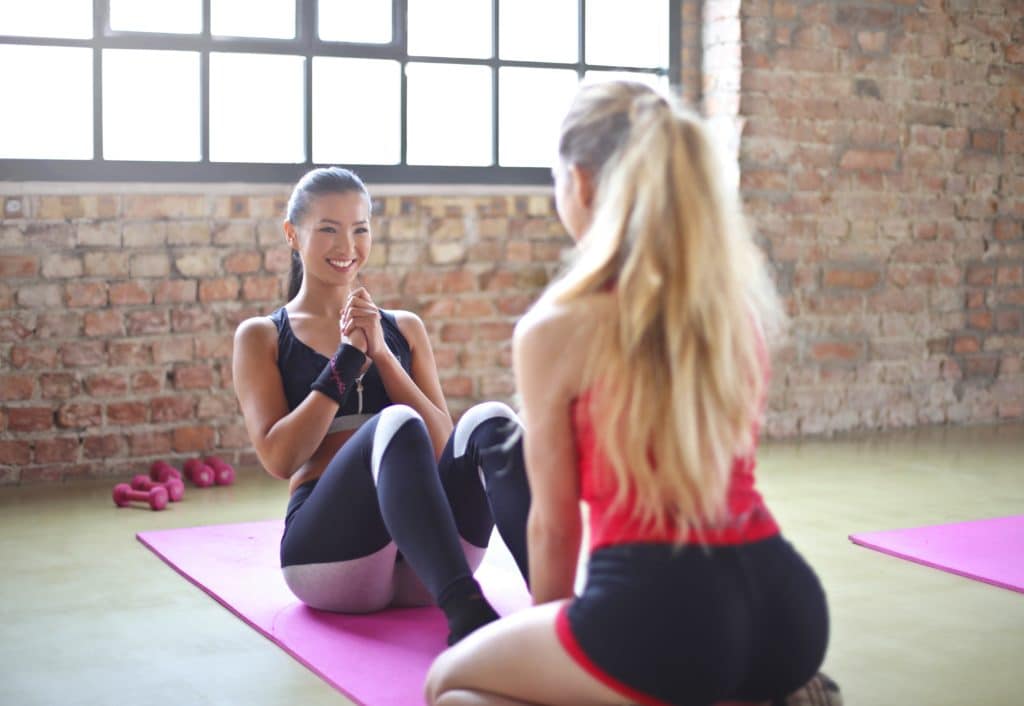“Are crunches and sit-ups the best way to train the core?”

I’ve received that question a fair amount over the years, and the simple answer is… nope!
At BSP NOVA we rarely, if ever, program either of those exercises because there are more beneficial ways to train the “core”. Sure, sit-ups and crunches use the abdominals, but there is so much more to the “core” than just the 6 pack we all think of.
I’ve used quotations around the word core thus far because it can mean different things to different people. When I use the word core in this week’s blog I am referring to the torso/trunk in general, and the musculature that that entails—basically everything but the arms, legs, and head.
The main function of our Rectus Abdominis (“6-pack” muscle) is to flex our spine—like in a sit-up. But our core encompasses far more than just the Rectus Abdominis and we use it for a more important purpose than flexing our spine.
Anti-Core
Our core is better suited to create stability and resist movement, then it is to create movement. The lumbar spine (lower back) especially doesn’t have much range of motion and does far better being stable than it does being mobile. Referring back to last weeks article on the inverted row and push-up, this is where the importance of training the tall and tight position comes in. Our ability to maintain a tall and tight position comes, in large part, from our ability to stabilize and control our core.
The need to stabilize our spine and maintain a tall and tight position is one of the reasons we program primarily “anti-core” exercises. Simply put, anti-core training refers to exercises in which the goal is to resist movement in the core. Examples of these exercises include planks, dead bugs, bird-dogs, pallof presses, etc.
Anti-core exercises are important in the gym for a number of reasons, such as:
- Teaching us context for other lifts such as squats and deadlifts
- Increasing our core stability to help us maintain position under heavy weights
Anti-core exercises not only strengthen the musculature of our core and help increase stability, but they teach us context for movement. For example, by learning to brace your torso and resist any movement during a dead bug, you are gaining context on what to do when squatting, deadlifting, and just about everything else we do in the gym.
During a dead bug our limbs move but the torso does not. During a squat our limbs move but the torso does not. If we understand how to maintain a neutral spine during a dead bug (lower level exercise), then it allows us to better understand how to maintain a neutral spine during a squat (higher level exercise). In addition to giving us context for other exercises though, anti-core exercises also increase our core stability.
As mentioned in last week’s article, sometimes strength isn’t the issue in a push-up but rather core stability is. If we can better maintain our torso position via increased core stability, then not only does that help our push-ups, but it helps nearly every lift in the gym. A more stable spine (think tall and tight) during heavy lifts is not only safer, but it allows us to produce more force and get more out of the exercise.
Push-Up Position Plank:
This is our tall and tight position, which is why we teach this to members on day one during their personal orientation session. It’s an “anti-extension” core exercise in which we learn to resist going into macho man.
Pallof Press:
The Pallof Press is not only a cool word to say but is a “anti-rotation” exercise because our goal is to resist letting the band rotate us. By being able to resist rotation more effectively, then we are better able to use rotation when we want to. For example, during medicine ball throws while working on generating power.
Our core is best suited to provide stability to our spine and resist movement, not create movement. By utilizing anti-core exercises, such as the ones above to resist movement in the core, you are training the core in a way that has carry over to nearly every movement you do.
And yeah, these exercises (along with a sound nutrition plan) can help to develop a 6-pack that pops—if that’s your kind of thing.
